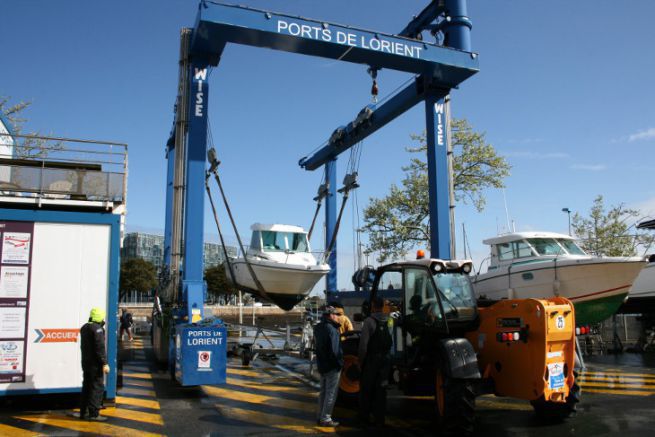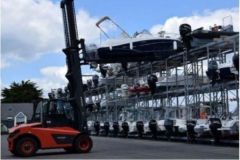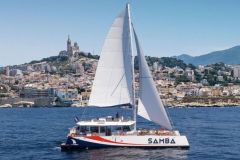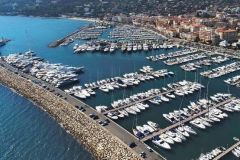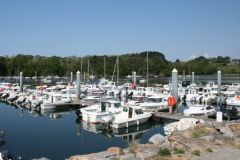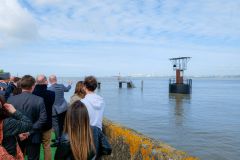Making marinas less dependent on communities
Like many French marinas, the Lorient harbours and their manager, Sellor, a semi-public company founded in 1988, depend heavily on local authorities for their financing, but also in their operating costs. Restricting public budgets force managers to rethink their economic models. Questioned by BoatIndustry on the model of the Compagnie des Ports du Morbihan, which launched Atout Ports to export outside the department, Sylvain Morel, main harbour master at Lorient La Base, confirms that it is necessary to find new sources of financing, even if the relationship with the Lorient communities is important.
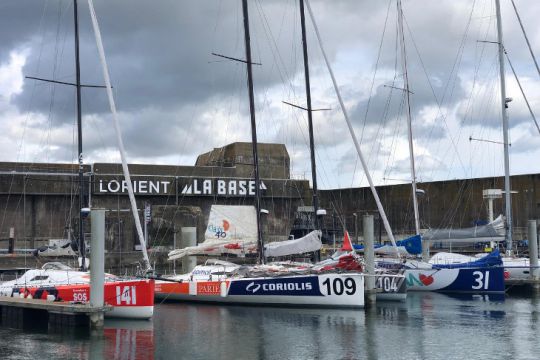
"Today, local authorities are increasingly greedy on port rents because the State's allocations are falling. We are strongly impacted. If the fee is increased by 20%, we cannot increase the port space by 20%. We have to anticipate this increase. Today our turnover depends on the local authorities for more than 80%. In order to sustain turnover and jobs, we have to go and find turnover on private markets. The part related to the communities should not exceed 30%."
Target 70 members for the Breizh Boat Club
Among the first in France, the Breizh Boat Club, created by the Sellor, offers a fleet of 6 boats, from semi-rigid to small sailboats and open hulls, rented by the manager from professionals in Lorient. It was a necessity that now finds its public, according to Sylvain Morel. "We have to follow the evolution of our customers' consumption. We currently have 50 members and the objective is 70 next year. From now on, we're going to offer a boat without a licence on the canalised part of the Blavet."
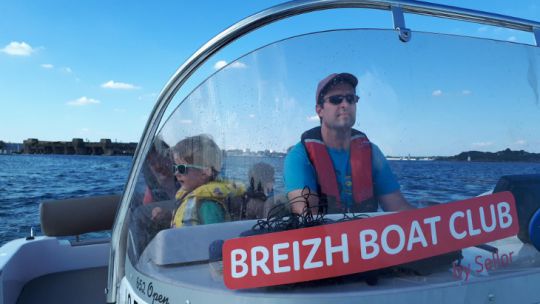
A dry port that's running at full speed
The automated dry port, built by the Normandy-based company ACG, has attracted many people from Lorient, who are regular boaters, as Sylvain Morel illustrates. "The typical user is in his forties and goes out by the day. There are 80% of premises. It's a port of people who go out a lot. There are 280 boats. We've handled 60,000 in 4 years and 95 last March alone."

In spite of the high cost, users and the port manager are able to find their way around. "The dry port represented an investment of 2.8 Meuros with a depreciation over 18 years. It costs 10% more than a place afloat for the yachtsman because the staff ratio is higher. But it also costs more for maintenance and also for resale because the boats age less."

